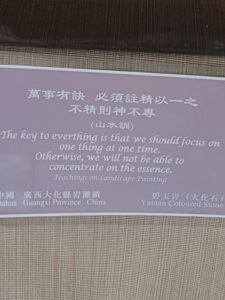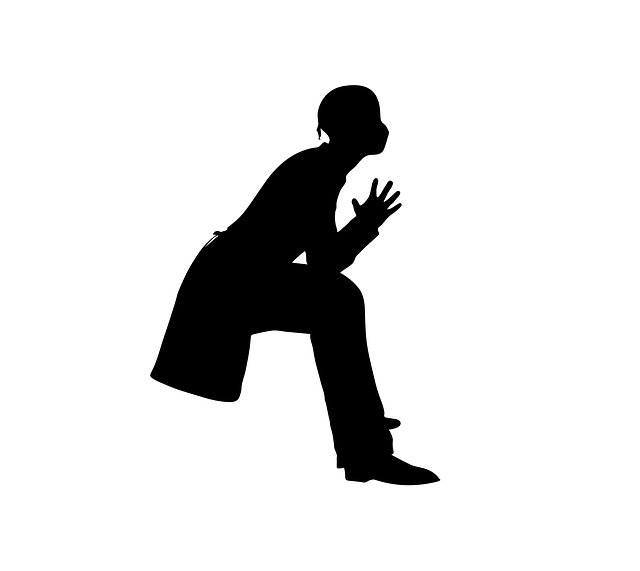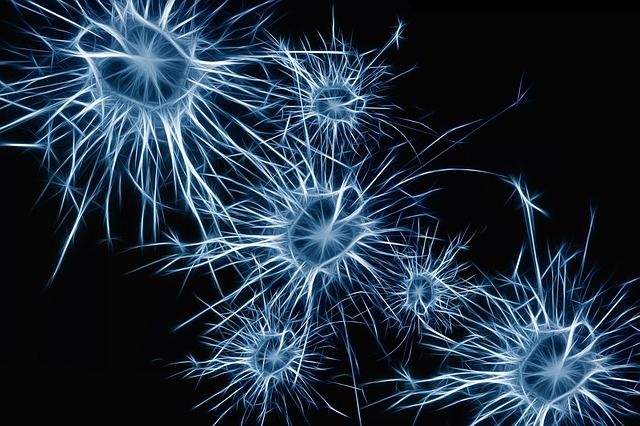There are a number of ways to build our motivation and mindfulness as a leader and I will discuss four ways here.
1. Alignment with our values
When what we are doing is aligned with our values, we have more energy, focus and insight. In an earlier post, I asked the question, “What are you doing this for?” In that post, I explored the exercise involving the process of asking yourself three times “why?” i.e. why are you doing the work/ activity that you are doing ? This is one way to check your motivation and how aligned it is with your values.
2. Alignment with our core skills
Previously, I explored three elements that contribute to happiness- an intrinsic source of motivation. One of the core elements was how well aligned your work or other activity was with your core skills. Alignment with your core skills keeps boredom at bay, builds learning through challenge and maintains motivation.
3. Envisioning our future
The capacity to envision the future provides the opportunity to work towards some desired state or future condition – this clarity around an end goal helps to maintain motivation and guide action. The Search Inside Yourself Leadership Institute provides leaders with a way to discover an ideal future through a scenario and a series of questions:
If everything in my life starting today, meets my most optimistic expectations, what will my life be like in 5 years?
- Who are you and what are you doing?
- How do you feel?
- What do people say about you?
Consciousness about what you are working towards is foundational to mindful leadership, because a core role of a leader is setting a future direction.. If you don’t know where you are heading, it is difficult for others to follow you.
4. Building resilience
Resilience is your capacity to bounce back from setbacks and disappointments in pursuit of a goal or end vision. There are always things that create temporary barriers to goal achievement such as illness, loss of sponsorship or exhaustion. Resilience enables us to overcome these impediments and persist in the pursuit of an end state. In an earlier post, I discussed how mindfulness develops resilience. The mindful leader needs to be resilient if they are to persist in the face of difficulties and enable their followers to contribute to their vision.
As we grow in mindfulness, we develop the capacity to create a greater alignment with our values and core skills, gain clarity about our vision and build resilience in the face of obstacles. Each of these elements contribute to our development and motivation as a mindful leader.
By Ron Passfield – Copyright (Creative Commons license, Attribution–Non Commercial–No Derivatives)
Image source: courtesy of dweedon1 on Pixabay










